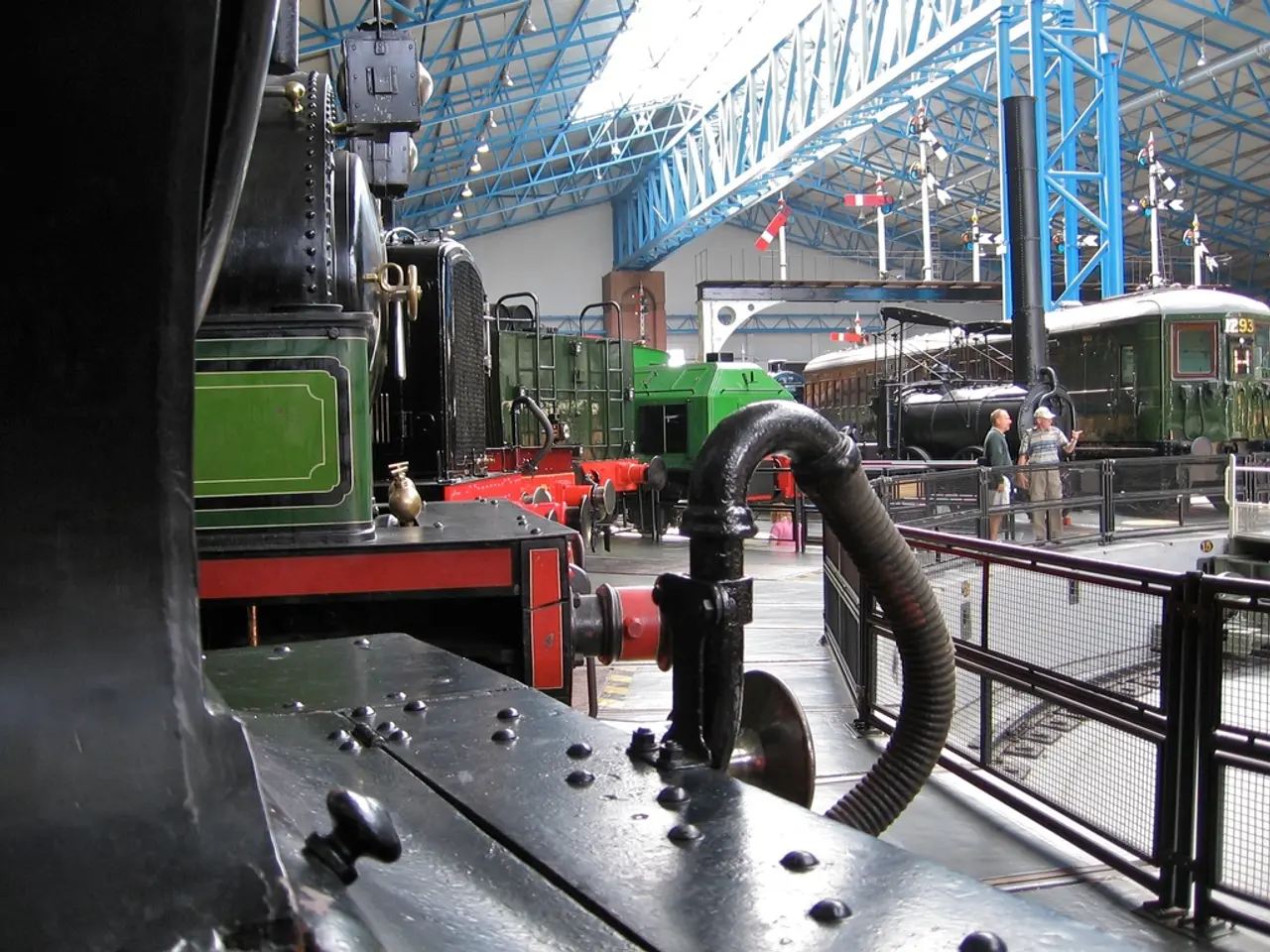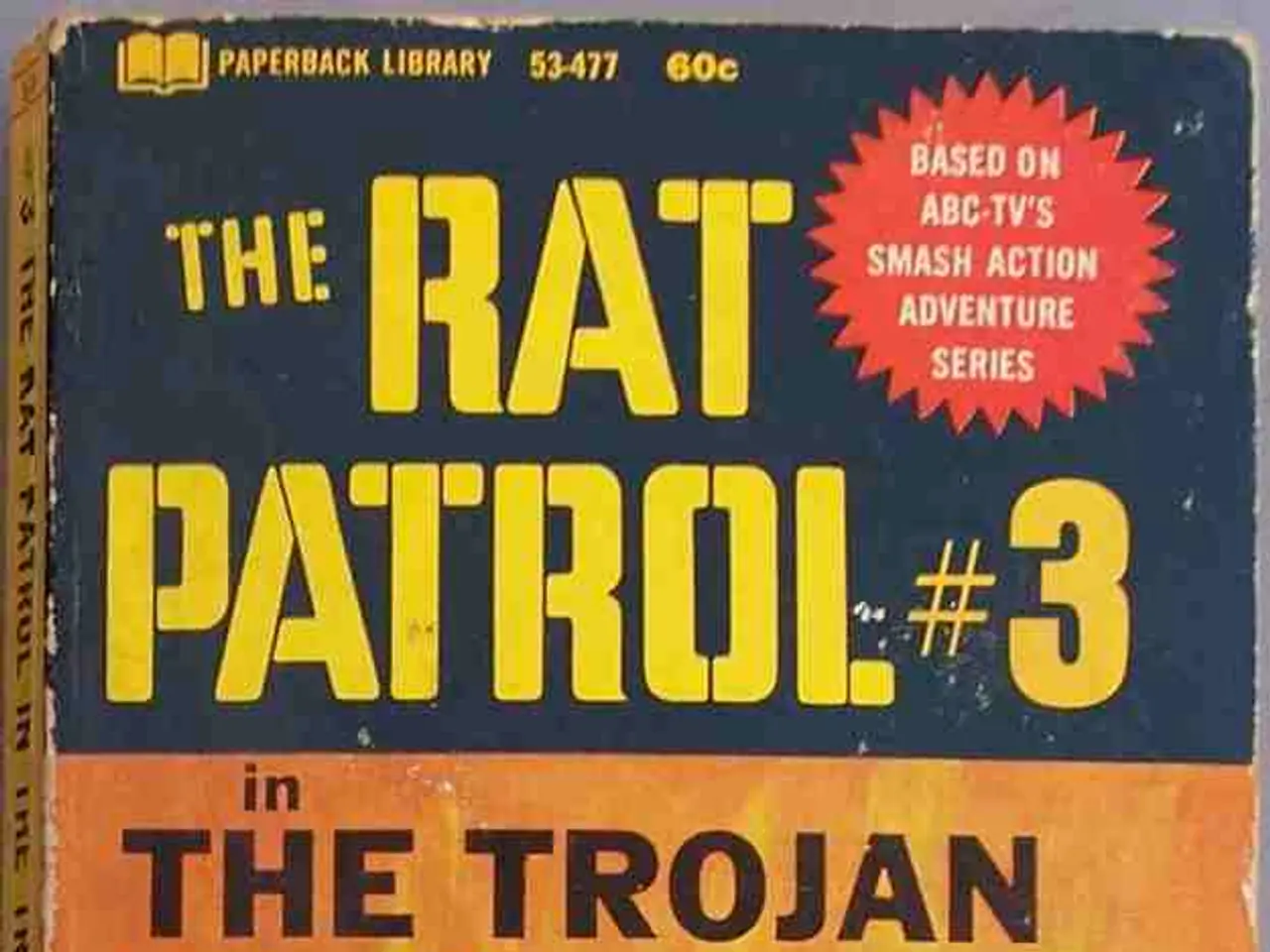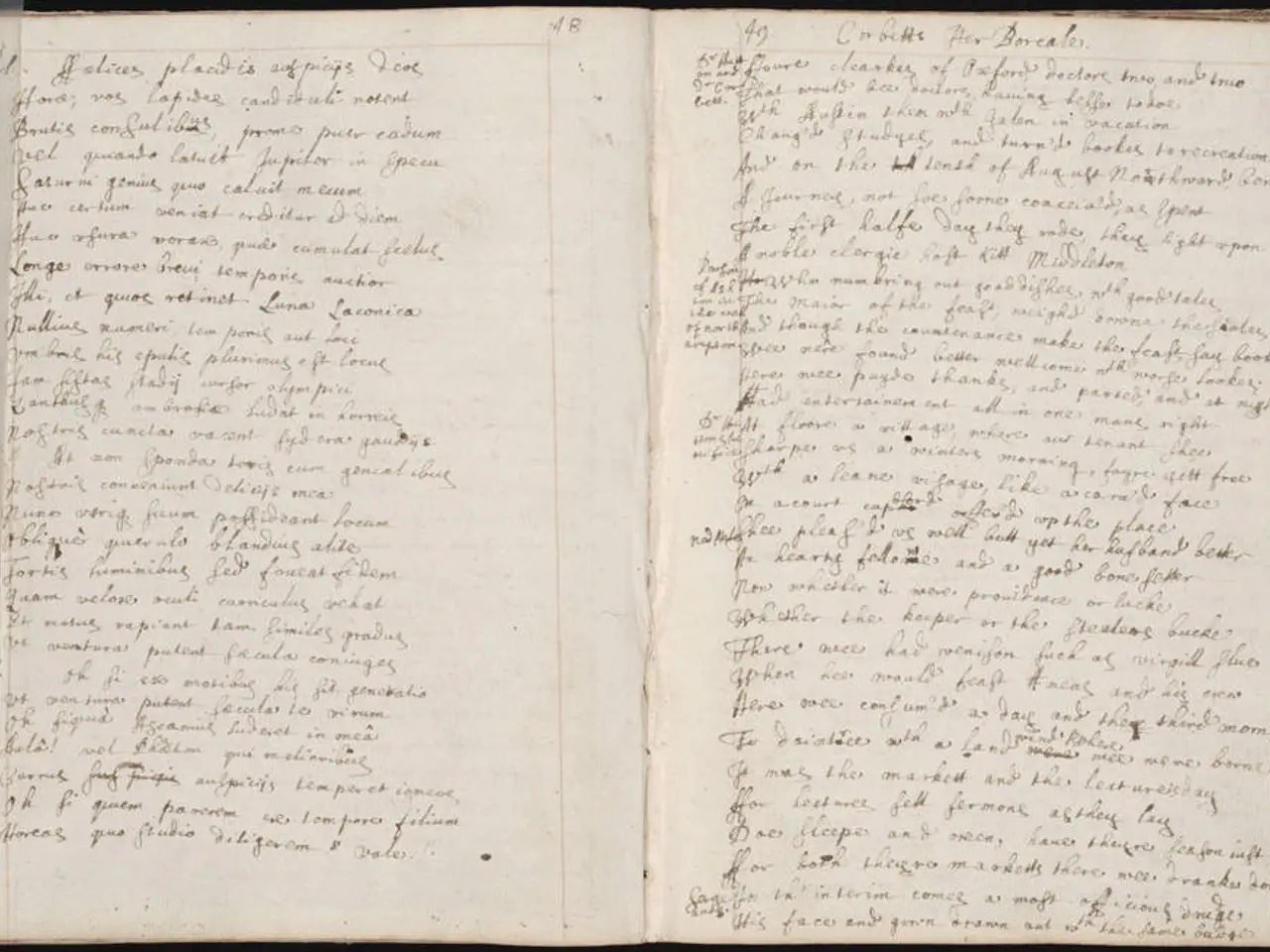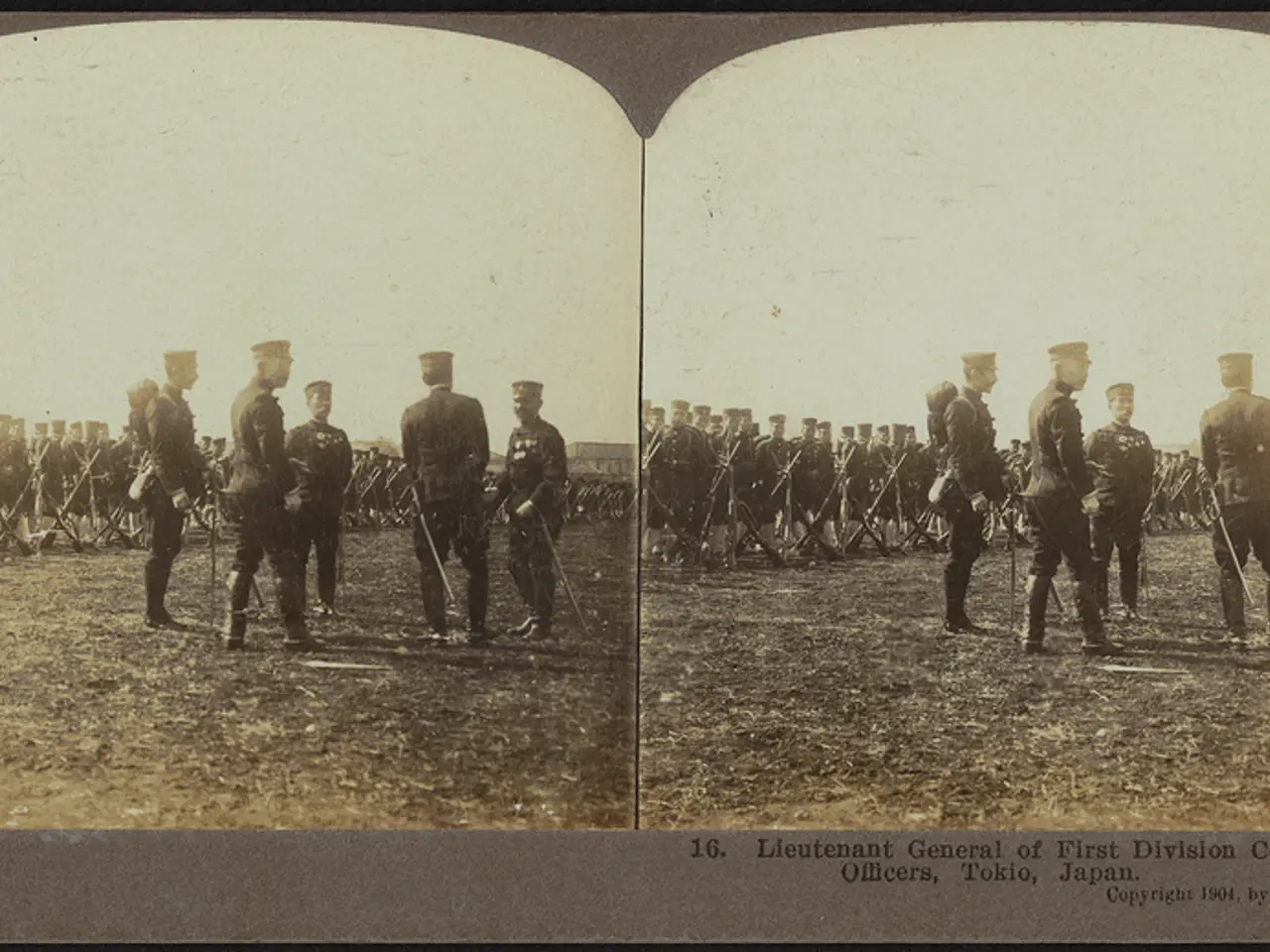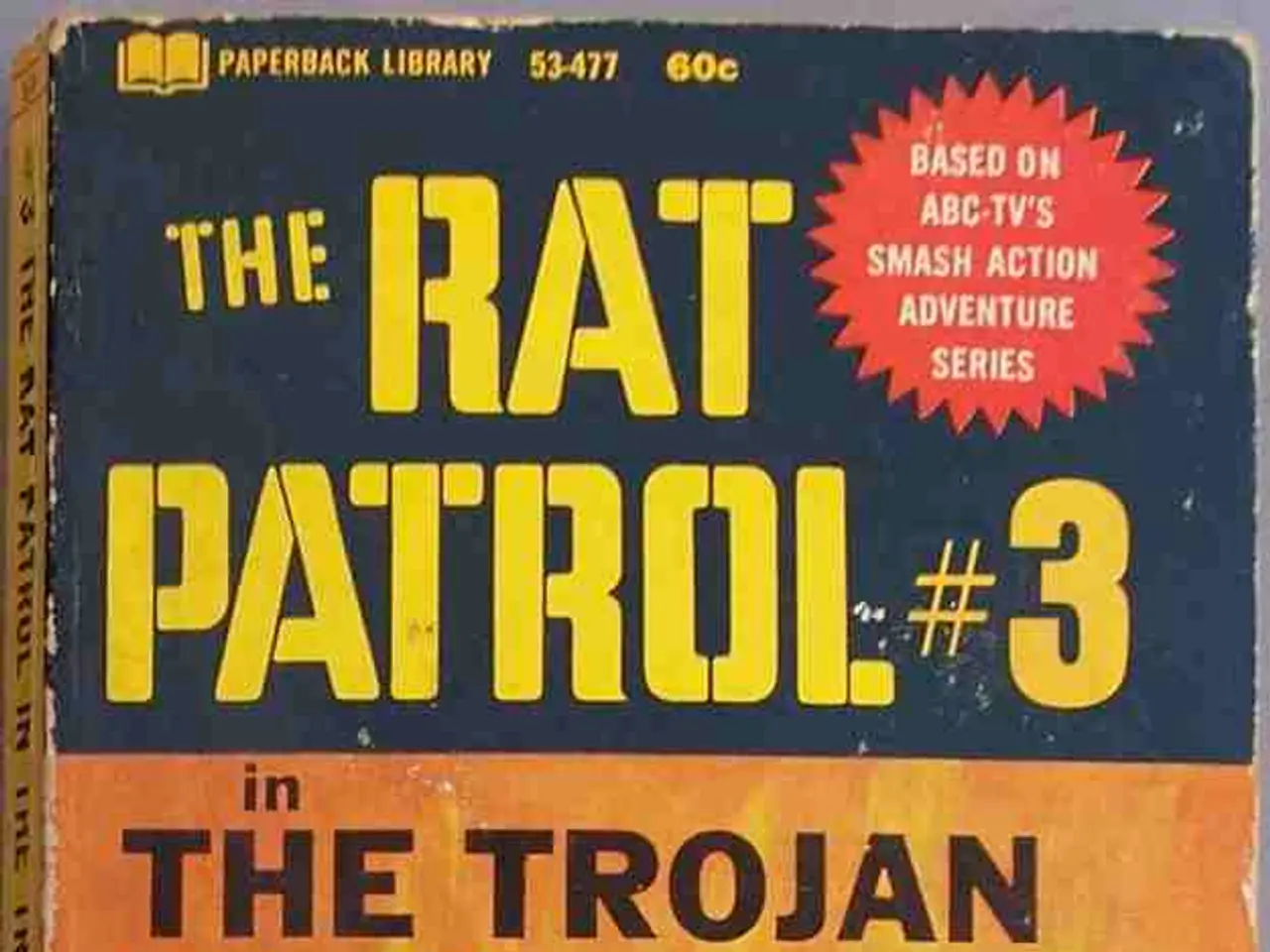Destruction from Bombing: Brenner, Steinach on May 18, 1945
In the midst of World War II, the Brenner railway line served as a critical lifeline for economic and military cooperation between Nazi Germany and fascist Italy. This strategic railway route was a primary target for the Allies, who aimed to disrupt Axis logistics by conducting precision bombing raids.
Photographs taken by Irving Leibowitz, a war correspondent, serve as historical records of these bombing campaigns. One caption reads, "Allied precision bombing wrecked railroad yards at Brenner Pass, leaving adjacent buildings intact." However, the success of these precision strikes in Steinach is less clear, with significant damage to buildings visible.
The goal of the American air force was to precisely bomb the railway infrastructure and trains on the Brenner route. The railway stations along the Brenner Pass were primary targets from 1943 onwards. The photographs taken by Leibowitz provide visual documentation of the impact of these bombing raids on the Brenner railway line and surrounding areas.
Repairs to the railway tracks in Steinach can be seen in the background of some images, indicating the challenges faced by the Axis forces in maintaining the line. Despite these efforts, the bombing was generally effective in causing significant disruptions and delays to Axis logistics.
The Wehrmacht used the Brenner railway line to transport weapons, ammunition, and troops, making it vital for the Axis war effort in Italy and southern Germany. Precision bombing, using formations of heavy bombers targeting rail yards and junctions, degraded Axis transportation capacity, contributing to the overall weakening of Axis forces in the Italian campaign.
While the line was difficult to completely disable due to rapid repairs and the mountainous terrain offering some natural protection, the bombing was tactically and strategically significant. Rail infrastructure damage was strategically important to slow or prevent reinforcement and resupply, which would similarly apply to the Brenner railway line.
In the context of other similar efforts, such as the bombing of Dresden's railway yards, precision bombing was seen by Allied command as militarily justified and contributed to impeding movement of German forces and materials. If more specific details about missions, tonnage dropped, bomb damage assessments, or operational outcomes on the Brenner line are required, further specialized historical sources would need to be consulted.
On the same day, Leibowitz also captured images of bomb damage in Steinach, as indicated by the caption, "Bomb damage of Steinach, on road to Brenner Pass, after occupation by 103rd Infantry Division." These photographs serve as testament to the destructive power of the bombing campaign and the subsequent repair efforts in Steinach.
In conclusion, the Allied precision bombing on the Brenner railway line was a tactically and strategically significant effort that effectively disrupted Axis logistics, though the line was never completely neutralized due to the challenges of repair and geography. The photographs taken by Irving Leibowitz provide a valuable visual record of this important chapter in World War II history.
[1] Source: https://www.history.com/news/dresden-bombing-raids-world-war-ii-photos
- The Allied precision bombing, as captured by Irving Leibowitz's photographs, was an essential strategic move that targeted the Brenner railway line, designed to disrupt the transport of weapons, ammunition, and troops for the Axis war effort.
- The bomb damage in Steinach, depicted in Leibowitz's images, illustrates the destructive power of the Allied precision bombing campaigns, serving as a historical record of the tough battle on the road to Brenner Pass during World War II.
